May 9, 2019
 May is Mental Health Awareness Month, and in honor of the national initiative, each weekday throughout the month at MPA there are activities, discussions, and presentations surrounding the topic of mental health. The month’s awareness events are focused on Upper School students, and are spearheaded by Ashley Cooper, Middle and Upper School counselor. While Ms. Cooper created the calendar of daily events, she shared that a lot of what she planned were direct requests from students.
May is Mental Health Awareness Month, and in honor of the national initiative, each weekday throughout the month at MPA there are activities, discussions, and presentations surrounding the topic of mental health. The month’s awareness events are focused on Upper School students, and are spearheaded by Ashley Cooper, Middle and Upper School counselor. While Ms. Cooper created the calendar of daily events, she shared that a lot of what she planned were direct requests from students.
Ms. Cooper emphasizes the importance of using the right terms when talking about mental health. “We all have mental health and mental wellness,” she says. She adds that some goals for the month are to bring awareness to mental health, help students reflect on the state of their own mental well-being, and to share resources on what to do if students think they need to talk to a professional about potential mental illnesses.
The month’s daily calendar has a loose structure; every week there is Meditation Monday, an activity, a Lunch Talk, a presentation, and an exercise for students to complete on their own. The first Lunch Talk of the month surrounded the topic of stigma, and any stigma that the students thought was associated with mental health. Upcoming Lunch Talks will cover the topics of supportive language, how to help a friend who is struggling with mental health, and a discussion on how to talk about your struggles. The month will conclude with a discussion on positive self-talk. These discussions are all led by Ms. Cooper, but are driven by the students who attend. Meditation Monday reoccurs every Monday throughout the entire school year, and the idea was brought to Ms. Cooper by Upper School students, who wanted moments of relaxation and stillness throughout their busy days.
 Last Friday, May 3, fourth graders celebrated the end of the school year by participating in a culminating event of Lower School: a foreign language overnight! In years past, this took place at Concordia Language Villages in Bemidji, but when they couldn’t host it this year, our very own foreign language teachers came together to create a completely unique and engaging experience for the students.
Last Friday, May 3, fourth graders celebrated the end of the school year by participating in a culminating event of Lower School: a foreign language overnight! In years past, this took place at Concordia Language Villages in Bemidji, but when they couldn’t host it this year, our very own foreign language teachers came together to create a completely unique and engaging experience for the students.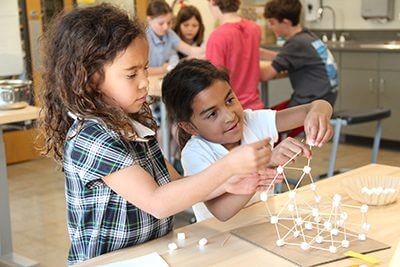 by Dr. Bill Hudson, Head of School
by Dr. Bill Hudson, Head of School by Dr. Bill Hudson, Head of School
by Dr. Bill Hudson, Head of School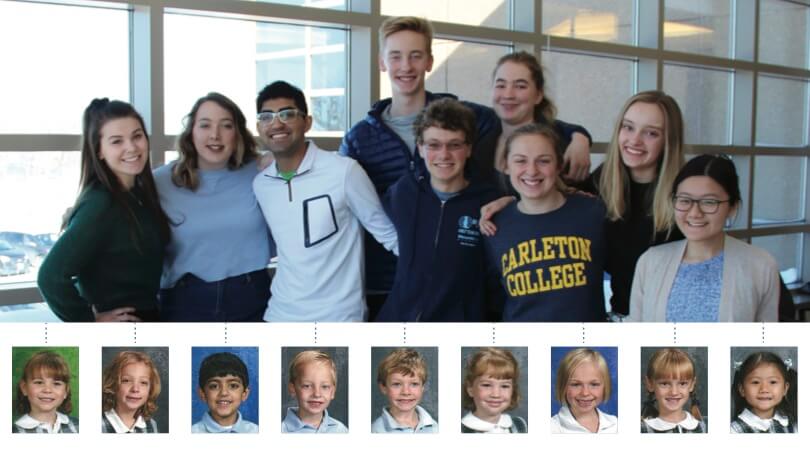
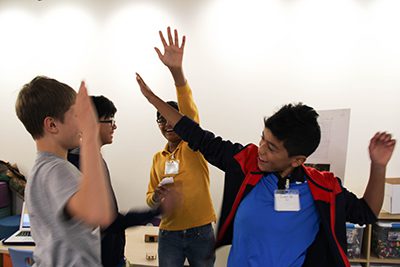 by Jenn Milam, Ph.D., Middle School Director
by Jenn Milam, Ph.D., Middle School Director  On Tuesday, May 14 from 11:30 AM-1 PM, MPA will host Lunch At MPA for prospective families!
On Tuesday, May 14 from 11:30 AM-1 PM, MPA will host Lunch At MPA for prospective families! This summer, Kidcreate Studio is offering some fun enrichment classes at MPA from June 17-21! In Beyond Pinch Pots, students will really have the chance to get messy and learn about a basic clay technique. They will have the option to create silly rabbits, playful penguins, and much more. “Clay can sometimes be challenging,” comments Elena from Kidcreate Studio, “and it’s amazing to see the process click and all of a sudden each student has created a ton of silly masterpieces simply from coil pots!” Beyond Pinch Pots is for kids in grades K-4, and will be from 9 AM-12 PM.
This summer, Kidcreate Studio is offering some fun enrichment classes at MPA from June 17-21! In Beyond Pinch Pots, students will really have the chance to get messy and learn about a basic clay technique. They will have the option to create silly rabbits, playful penguins, and much more. “Clay can sometimes be challenging,” comments Elena from Kidcreate Studio, “and it’s amazing to see the process click and all of a sudden each student has created a ton of silly masterpieces simply from coil pots!” Beyond Pinch Pots is for kids in grades K-4, and will be from 9 AM-12 PM.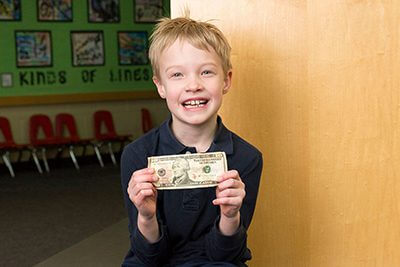 by Dr. Bill Hudson, Head of School
by Dr. Bill Hudson, Head of School 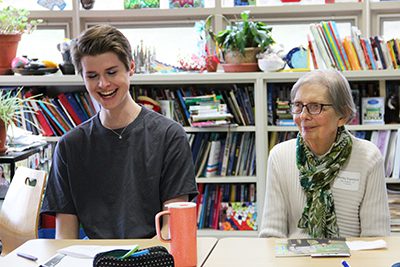 There were some extra visitors on campus on Wednesday, April 24, as grandparents and special friends visited with their Upper School students throughout the morning. The day started with visitors enjoying breakfast and coffee in the Gallery, while students finished up their first block classes. Afterward, grandparents and friends visited their students in class, and saw a preview performance of this year’s Spring Musical,
There were some extra visitors on campus on Wednesday, April 24, as grandparents and special friends visited with their Upper School students throughout the morning. The day started with visitors enjoying breakfast and coffee in the Gallery, while students finished up their first block classes. Afterward, grandparents and friends visited their students in class, and saw a preview performance of this year’s Spring Musical,